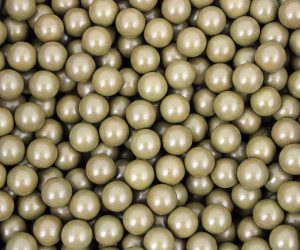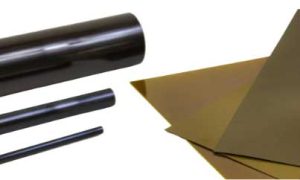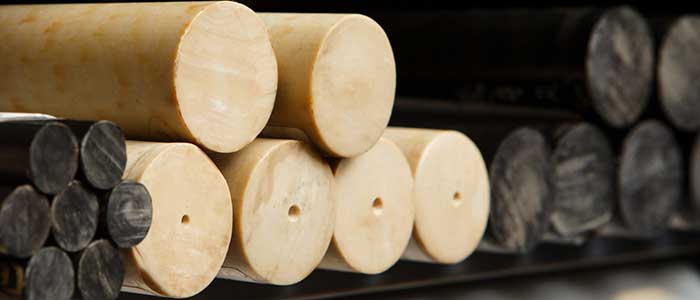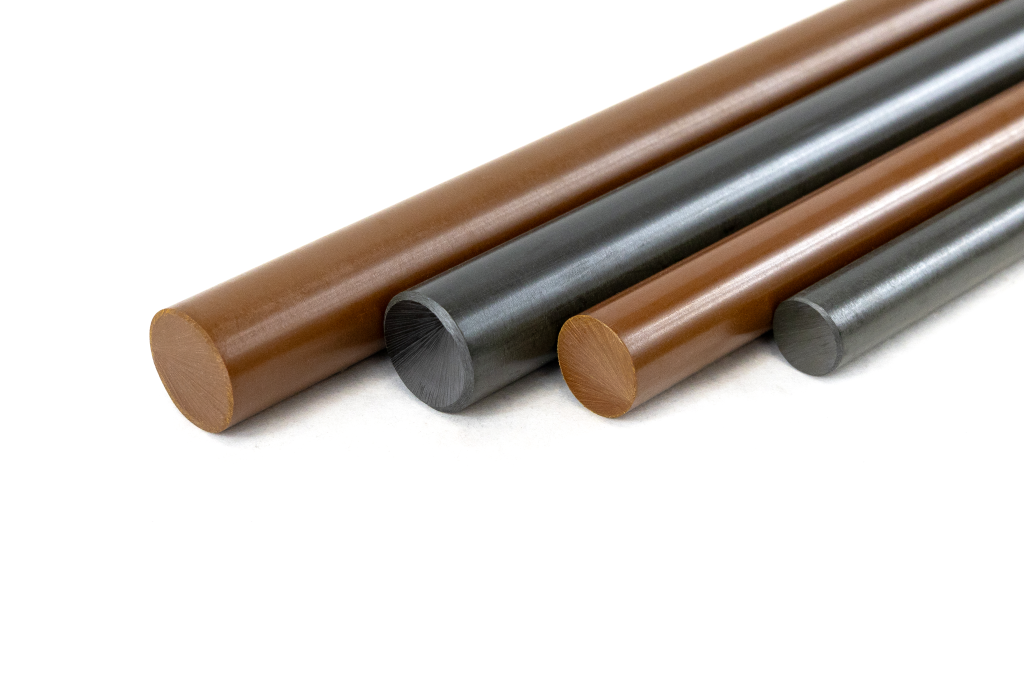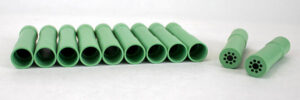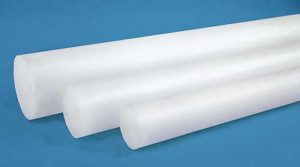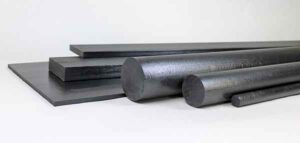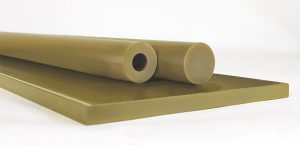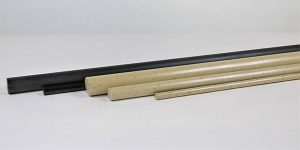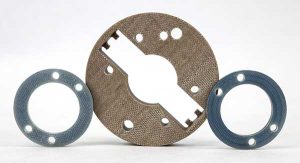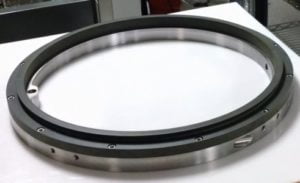Torlon and PEEK are two of the highest performing thermoplastics available to the automotive industry, and may be the highest performing thermoplastics, period. Like many high-performance polymers, Torlon and PEEK are available in a variety of grades, each designed to enhance one or more of their impressive properties. High strength grades allow Torlon and PEEK to act much like a metal in load-bearing and repetitive applications, and high-temperature wear resistant grades allow Torlon to handle punishing levels of friction and wear, even at under hood high temperatures.
Given the demanding nature of the automotive environment, where high pressures, wear and temperatures are all expected, it’s clear there are several applications in the automotive industry where Torlon and PEEK have been proven to outperform other materials.
PEEK in the Automotive Industry
PEEK is a true workhorse, capable of handling punishing environments with ease, and its carbon and glass reinforced grades are some of the toughest polymers known to man at room temperature. PEEK is recognized for its excellent processability and workability, as it can be machined or injection molded to precision. With several grades to choose from, including a high-temperature, glass, carbon fiber reinforced and bearing grades, PEEK components are ideal in a number of applications.
Widely used in the semiconductor, oil and gas, aerospace, medical and food industries for its chemical inertness, PEEK is not as commonly used in the automotive industry as Torlon. However, components derived from PEEK are still a common choice for braking systems, clutches, sensors, climate management, running gears and engine management systems.
Torlon in the Automotive Industry
Torlon has for years been making a measurable difference in high performance racing vehicles, especially in suspension components. More recent efforts have resulted in two new components. The first is an offset control arm bushing, fabricated using Torlon 4435. The second is a transmission shift bushing, machined from Torlon 7130. Both parts are noted for their excellent wear resistance and no-maintenance operation. These are non-consumable components, expected to last as long as the racing vehicle. The initial success of both components has significant implications going forward, suggesting a future where Torlon renders other bushing materials obsolete.
Torlon’s unique combination of high temperature strength and low temperature toughness and excellent wear resistance has extensive potential in vehicles, particularly high-performance or racing vehicles. Much more than a material for high performance niches like racing, Torlon is used within the automotive industry because it can be melt processed via injection molding, delivering cost effective metal replacement options that enhance part life and reduce the need for external lubrication.
Aside from Torlon’s excellent high-temperature wear resistance, though, what does it offer automotive designers? A lot, as it turns out, including:
- Noise and vibration dampening – Torlon doesn’t propagate noise and vibration the way metals do.
- Abrasion and corrosion resistance – Wear and exposure to harsh chemicals are expected inside fuel systems and powertrains.
- Excellent friction resistance – Wear grades of Torlon are highly resistant to friction, operating in environments with little or even no external lubrication.
- Compatibility with ATF, transmission and drivetrain fluids – Even at operating temperatures, Torlon remains inert when exposed to all automotive fluids.
- Light weight – At only 18% the weight of steel, every metal component replaced by a Torlon version means less weight. And that means greater fuel efficiency and performance potential.
Torlon’s impressive properties make it a proven answer to many of automotive engineers’ material challenges. Its processability options means it can be used by those looking for hundreds of thousands of parts as well as those looking for less than 100 parts. In both commercial and high-performance vehicles, Torlon components can be found in many of the vehicle’s systems, including the powertrain, suspension system, fuel system, hydraulics, steering system and any turbochargers. With its ubiquitous presence in the vehicle, there are many examples to choose from in demonstrating the material’s capability, including:
- Thrust washers – Torlon thrust washers are ideal for use in the vehicle’s transmission, and can be used in most modern transmission designs, including DCT, AMT, CVT and AT versions. What makes Torlon so useful in this instance is that it offers an extremely thin cross section without giving away its wear and thermal resistance. Torlon thrust washers are much more compact than needle and rolling element bearings, giving additional space for other components. Torlon thrust washers also resist creep and provide excellent compressive strength, as well as stability, even at high velocities. Finally, the thrust washers are designed with molded-in grooves, removing secondary machining costs.
- Automatic transmission check balls – Torlon check balls are ideal for sealing transmission valves and can perform better than metal in nearly every instance. Torlon conforms to the valve seal with greater precision than metal, and its compressive strength means it will not suffer from creep as a result. Also, because Torlon offers a strong weight advantage over metal and will respond faster and provide more reliable sealing. Torlon check balls will not damage the metal they are seated against and will keep noise to a minimum as well.
- Seal rings – Torlon can replace more than just metal components. In many instances, it is a clear winner over PTFE as well. This is the case when it comes to seal rings, as Torlon’s melt processability means it can be molded with features that enhance performance and cost-efficiency. Torlon seal rings last longer than PTFE rings and provide the same impressive level of sealing and conformability. However, because Torlon offers strong ductility, it can be fabricated and installed easily in smaller sizes and can be molded with joint geometries for lower costs and better fits.
- Suspension bushings – Torlon is a practical replacement for metal in many instances and can also outdo plastic and elastomers in some applications. Torlon bushings are better at absorbing impact and retaining their shape, compared to metal. And Torlon offers a much lower static coefficient of friction than plastic or elastomers. Also, Torlon’s capacity for handling strenuous work without lubrication is on display here, as it does not require grease to accommodate moving components.
Torlon, PEEK and high-performance vehicles were made for each other. Already, they beat out metal in many vehicle systems, and that trend is only going to improve in Torlon’s and PEEK’s favor as more applications are developed.

